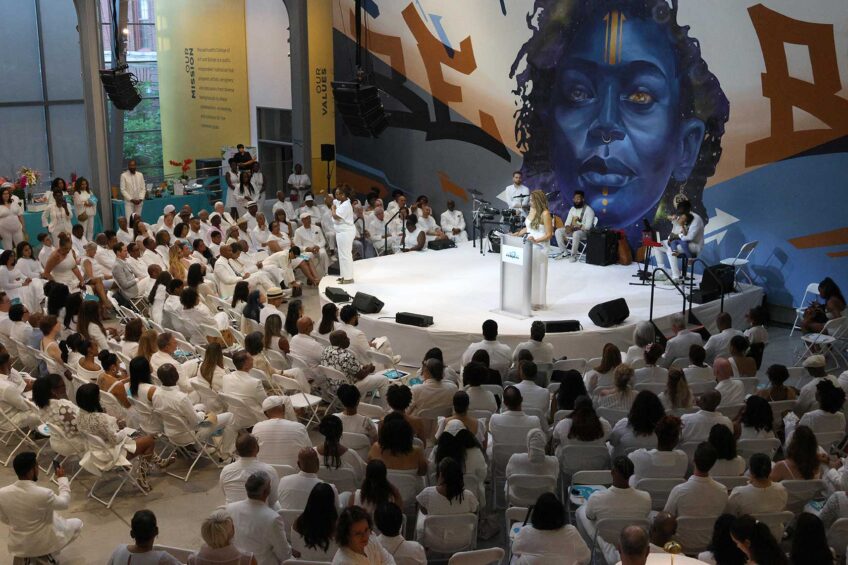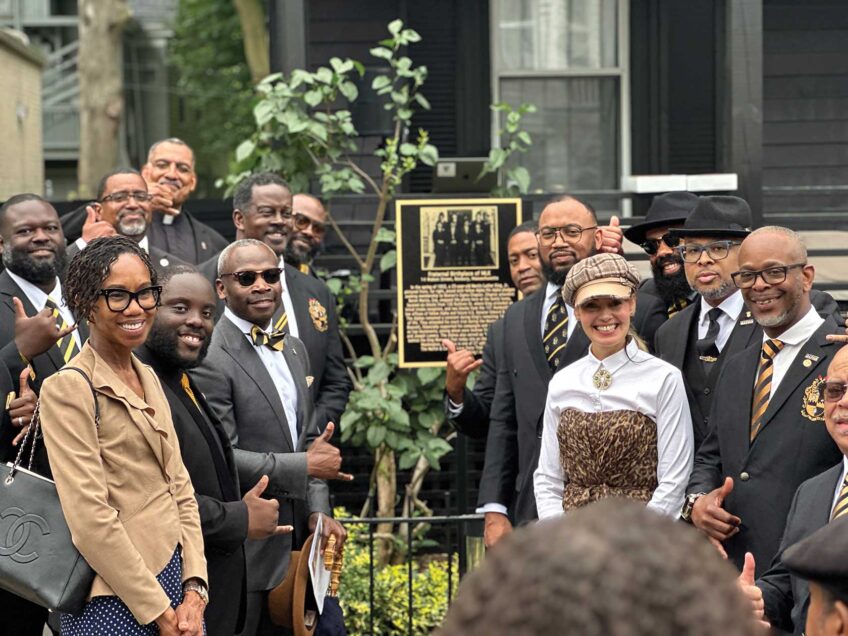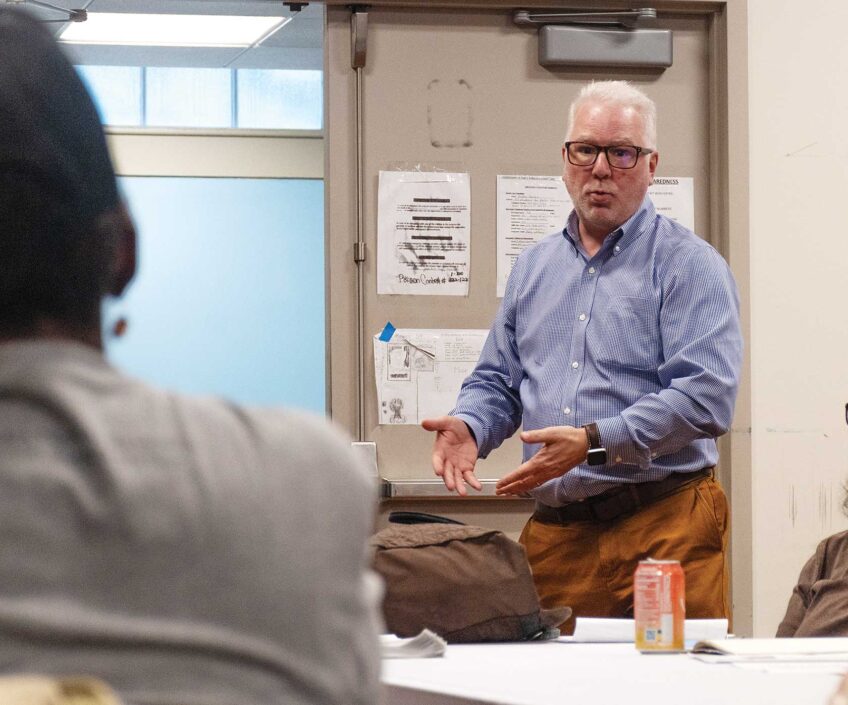For months, activists across the state have been meeting, planning and advocating for newly drawn legislative districts that reflect the growing diversity in Massachusetts.
In the end, two separate coalitions representing blacks, Latinos and Asians submitted proposed maps calling on the Legislature’s Redistricting Committee to draw 16 majority-minority House districts — up from the current 10 — and create one new majority-minority Senate District.
Last week, however, the Redistricting Committee exceeded the groups’ demands, redrawing district lines to create 20 majority-minority House districts and two new majority-minority Senate districts.
“We’re thrilled,” said Malia Lazu, executive director of the Drawing Democracy Project, a collaborative of funders who provided community groups across the state with mapping software, training and other resources to help them re-draw their own district maps. “They basically took our maps and expanded the number of minority districts we came up with.”
Under the committee’s proposed maps, the number of majority-minority districts in Boston would increase from six to 10. The other 10 majority-minority districts would be created in Lawrence, Springfield, Brockton, Worcester and Lynn.
Three of the new districts are majority black. Four of them are majority Latino. The remaining three are black, Latino and Asian.
The new majority-Latino Senate district was drawn in Springfield.
State Sen. Sonia Chang-Diaz said that while she is still soliciting feedback from constituents on the new boundaries of her district, there has been widespread praise for the openness and transparency of the Redistricting Committee’s process.
“The response all over the state has been very positive,” she said. “Increasing the number of minority districts by 50 percent is a huge deal.”
Chang-Diaz’s 2nd Suffolk District would lose Chinatown and parts of Back Bay under the plan and pick up predominantly black and Latino precincts in Hyde Park.
The Legislature is required to draw new districts every 10 years, after the data from the decennial U.S. Census is made available. In past decades, voting rights activists have filed lawsuits against the Legislature to its historical tendency to draw districts that protect white incumbents by diluting the voting power of black and Latino communities by dividing them.
This year, the Redistricting Committee and its co-chairmen, Sen. Stanley Rosenberg and Rep. Michael Moran, drew districts seeking input from many of the activists who sued the Legislature 10 years ago. Activists have praised the process for its unprecedented transparency and inclusiveness.
In all, 43 groups from across the state participated in meetings with the Redistricting Committee, submitted maps and advocated for more majority-minority districts.
“It was a collective process,” says MassVOTE Co-director Cheryl Crawford. “People are feeling like this could be a real victory for us.”
While the Redistricting Committee created more districts than the voter rights activists called for, coalition members were disappointed with some of the committee’s decisions.
The Massachusetts Black Empowerment Coalition had requested a new, incumbent-free Senate district in Boston with a majority African American population. The committee instead increased the black and Latino populations in two existing Senate districts.
¿Oiste?, the Latino political organization, said Latino activists in Chelsea had requested a House district with a majority Latino population centered in Chelsea. The committee instead increased the Latino population in an East Boston-based district by adding on a precinct from Chelsea.
Moran told the Boston Globe a legal challenge to his district map is likely.
MBEP Executive Director Kevin Peterson said his organization has not ruled out legal action.
“We’re trying to convince the Redistricting Committee that the right thing to do is to create an incumbent-free Senate district with a majority African American population,” he said. “If that fails, we’ll appeal to the governor for a veto. If we fail there, we’ll look to the court for redress.”







